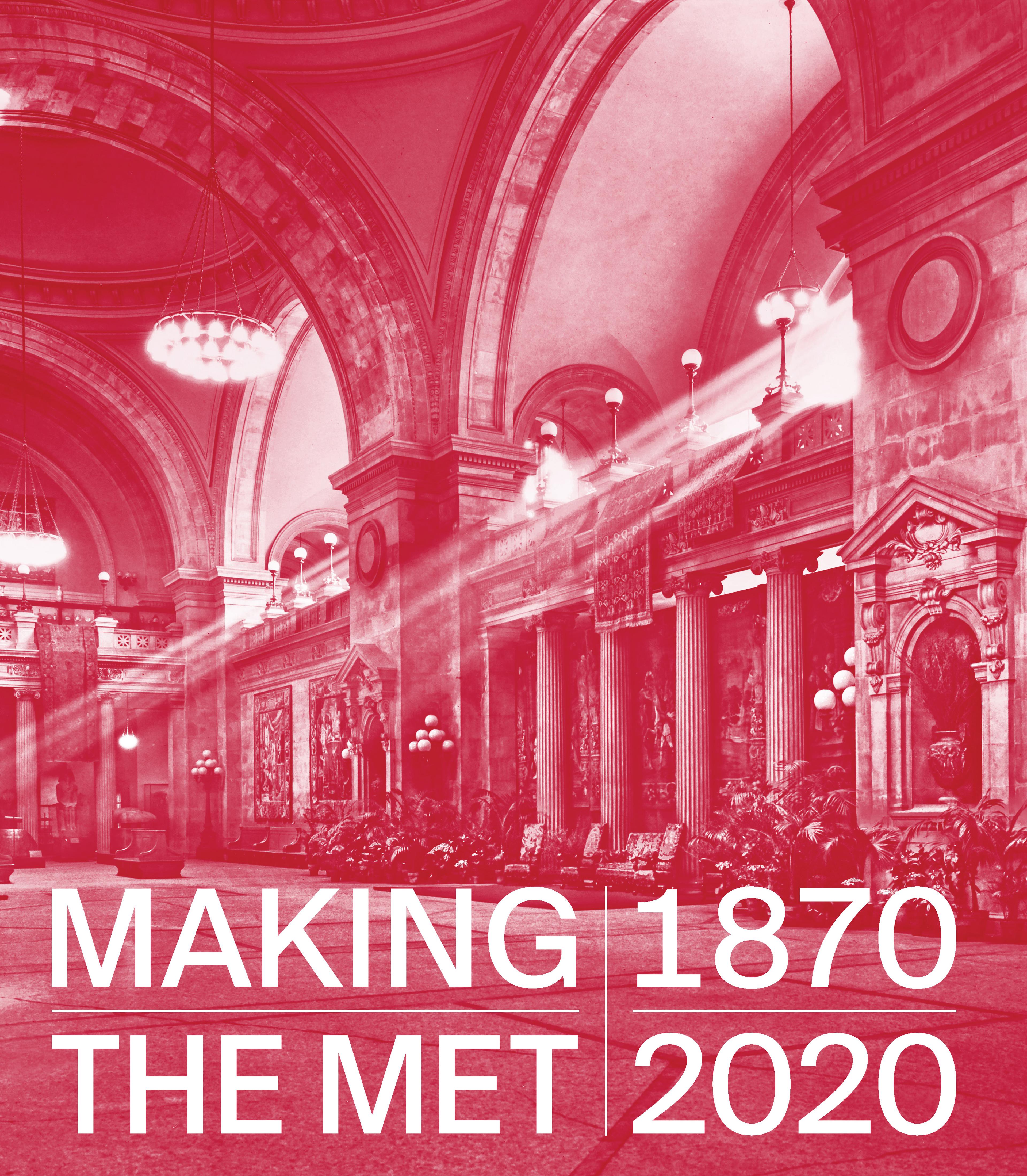Scarab of the Storehouse Overseer Wah
This large silver scarab is of exceptionally fine workmanship. It was cast in several sections that were soldered together. Details on the legs, head, and wing cases and the scroll meander pattern on the base were chased. An electrum suspension tube runs through the length of the scarab and the Inlaid hieroglyphs on the scarab's wing cases are electrum, an alloy of gold and silver. Their light color renders them almost invisible unless the scarab is tarnished. The inscription on the left wing case list Wah's name and his title "overseer of the storehouse" (more broadly speaking, "estate manager"). Those on the right name his employer, the "nobleman" Meketre.
Meketre, an important official who began his career under Mentuhotep II of Dynasty 11 and continued to serve successive kings into early Dynasty 12, had an imposing tomb built in Western Thebes and Wah was buried in a small tomb nearby. Wah's burial was found intact by the Museum excavators and the entire tomb group, including the wrapped mummy, coffin, funerary offerings, and numerous linen sheets came to the Museum in the division of finds in 1920. In 1939, x-rays of Wah's mummy revealed the presence of jewelry, some made of metal, and in 1940 the mummy was unwrapped. Among the pieces of personal jewelry were three scarab and bead bracelets (this one, 40.3.13, and 40.3.14). All three were found in wrappings over the wrists of Wah's mummy.
Meketre, an important official who began his career under Mentuhotep II of Dynasty 11 and continued to serve successive kings into early Dynasty 12, had an imposing tomb built in Western Thebes and Wah was buried in a small tomb nearby. Wah's burial was found intact by the Museum excavators and the entire tomb group, including the wrapped mummy, coffin, funerary offerings, and numerous linen sheets came to the Museum in the division of finds in 1920. In 1939, x-rays of Wah's mummy revealed the presence of jewelry, some made of metal, and in 1940 the mummy was unwrapped. Among the pieces of personal jewelry were three scarab and bead bracelets (this one, 40.3.13, and 40.3.14). All three were found in wrappings over the wrists of Wah's mummy.
Artwork Details
- Title: Scarab of the Storehouse Overseer Wah
- Period: Middle Kingdom
- Dynasty: Dynasty 12
- Reign: reign of Amenemhat I, early
- Date: ca. 1981–1975 B.C.
- Geography: From Egypt, Upper Egypt, Thebes, Southern Asasif, Tomb of Wah (MMA 1102), Mummy, over crossed wrists, MMA excavations, 1920
- Medium: Silver, electrum, glazed steatite, linen cord
- Dimensions: scarab: l. 3.9 cm (1 1/2 in.); w. 2.7 cm (1 1/16 in.); h. 2.5 cm (1 in.); barrel bead: l. 1.4 cm (9/16 in.); diam. 1 cm (3/8 in.); cylindrical bead: l. 1.9 cm (3/4 in.); 0.8 cm (5/16 in.)
overall length: 43 cm (16 15/16 in) - Credit Line: Rogers Fund and Edward S. Harkness Gift, 1940
- Object Number: 40.3.12
- Curatorial Department: Egyptian Art
Audio
3305. Scarab Bracelet of Wah
0:00
0:00
We're sorry, the transcript for this audio track is not available at this time. Please email info@metmuseum.org to request a transcript for this track.
Listen to more about this artwork
More Artwork
Research Resources
The Met provides unparalleled resources for research and welcomes an international community of students and scholars. The Met's Open Access API is where creators and researchers can connect to the The Met collection. Open Access data and public domain images are available for unrestricted commercial and noncommercial use without permission or fee.
To request images under copyright and other restrictions, please use this Image Request form.
Feedback
We continue to research and examine historical and cultural context for objects in The Met collection. If you have comments or questions about this object record, please complete and submit this form. The Museum looks forward to receiving your comments.
